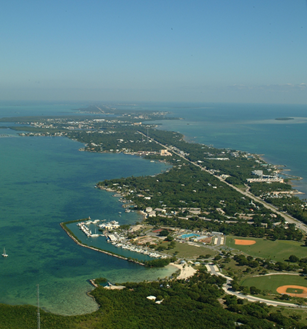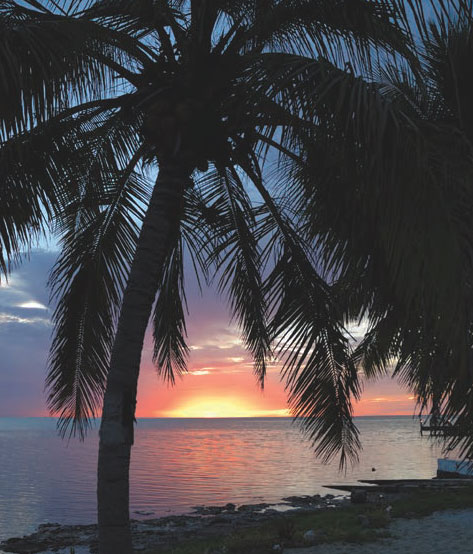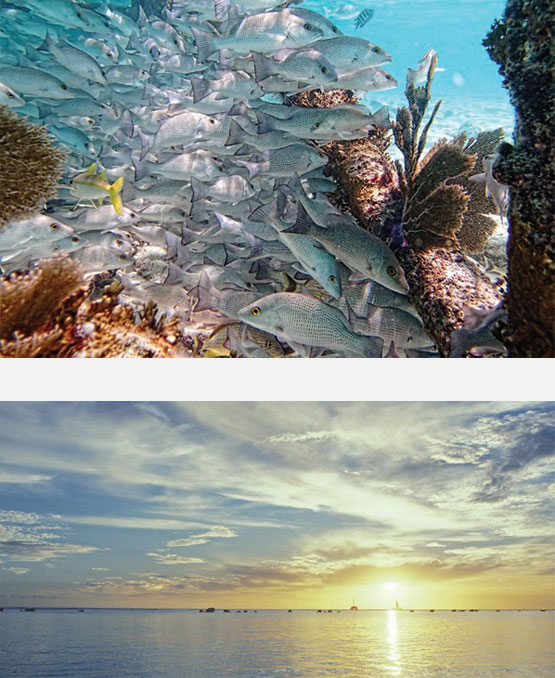 Welcome
Welcome
Our Village is special. We live in a special place and we have special responsibilities to protect it. But, neither our environmental nor our financial resources are unlimited. And so, we have to make choices. To do that, we have to clearly understand where we are and to understand how things might change in the future.
We’ve invested in gathering that data, understanding the baselines and projecting possible futures. More than that, we’ve spent a year talking to people and businesses and neighbors and associations and anyone interested in telling us about what’s important and why.
We’ve met and we’ve surveyed and we discussed and we’ve analyzed and the result of all that effort is a comprehensive plan to enhance, preserve and protect the quality of life here, in this special place.
We thank you for engaging in this work and for your interest.

 Introduction and Background:
Introduction and Background: